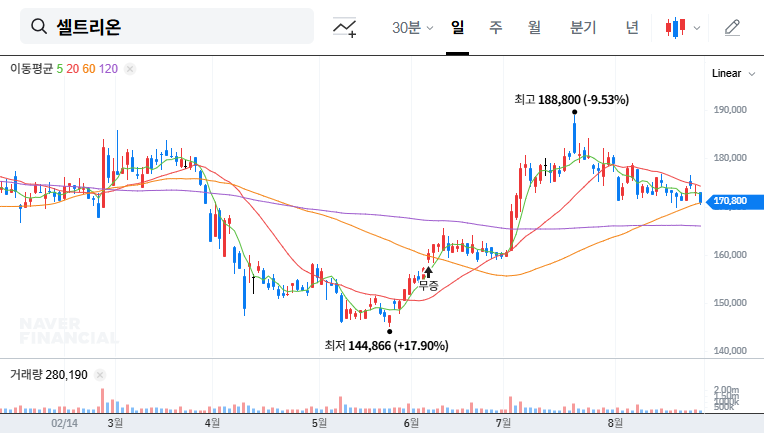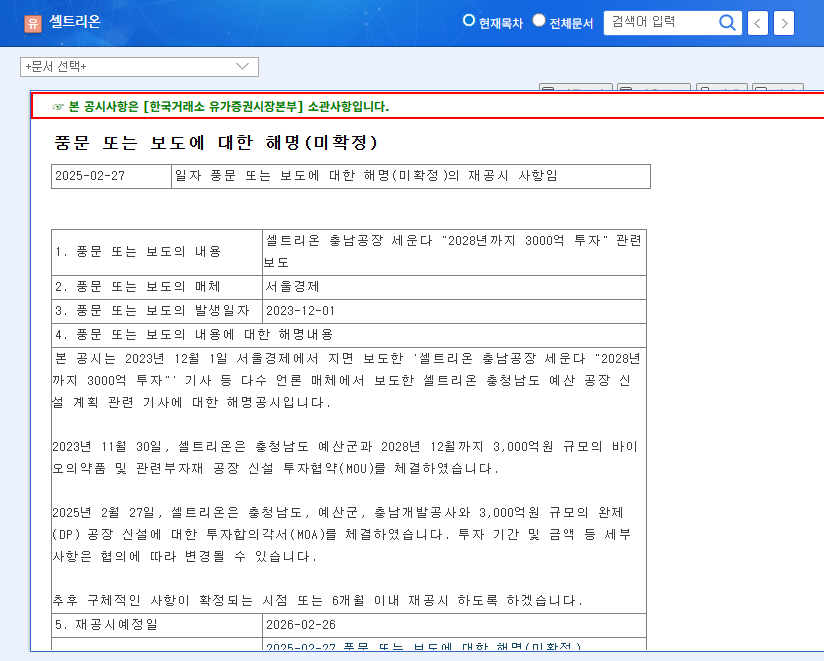
What does the Phase 3 Trial Approval Mean for CT-P44?
CT-P44 is a biosimilar of Darzalex, a leading multiple myeloma treatment. The European approval for the Phase 3 trial validates Celltrion’s biosimilar development capabilities and its ability to conduct clinical trials at a global standard. Successful clinical outcomes have the potential to strengthen Celltrion’s oncology portfolio and drive future revenue growth.
How Will This Approval Shape Celltrion’s Future?
The successful development and launch of CT-P44 is expected to contribute significantly to Celltrion’s long-term growth. Considering the high growth potential of the multiple myeloma treatment market and Celltrion’s competitiveness in biosimilars, significant market share acquisition is anticipated. Merger synergies and the transition to direct sales are also expected to positively impact sales and operating profit.
Key Checkpoints for Investors
Despite the positive outlook, investors should consider several potential risks, including the inherent uncertainties of clinical trials, competitive landscape, and foreign exchange fluctuations. Careful monitoring of clinical results, competitor activities, and currency movements, coupled with a long-term investment perspective, is crucial.
Developing a Sound Investment Strategy
- Short-term Investment: While the Phase 3 trial approval may have a positive short-term impact on stock prices, a cautious approach is advisable considering the uncertainties surrounding clinical outcomes.
- Mid- to Long-term Investment: Successful commercialization of CT-P44 is likely to drive Celltrion’s corporate value, suggesting a long-term investment strategy is preferable.
- Risk Management: Investors should develop monitoring and response strategies to mitigate potential risks such as foreign exchange fluctuations and intensifying competition.
What disease does CT-P44 treat?
CT-P44 is a biosimilar of Darzalex, a medication used to treat multiple myeloma.
Why is this Phase 3 trial approval important for Celltrion?
It validates Celltrion’s biosimilar development capabilities and global clinical trial expertise, with significant potential for future revenue growth.
What should investors consider when investing in Celltrion?
Investors should consider the uncertainties of clinical trials, competition, and currency fluctuations, adopting a long-term perspective and continuously monitoring relevant information.


